

Damion Smy
Boxy new KGM Musso unveiled to take on HiLux and Ranger ahead of Australian launch
6 Hours Ago
You could stick with the German establishment, or you could take a bit of a risk and buy one of these excellent luxury cars that consumers overlook.

News Editor
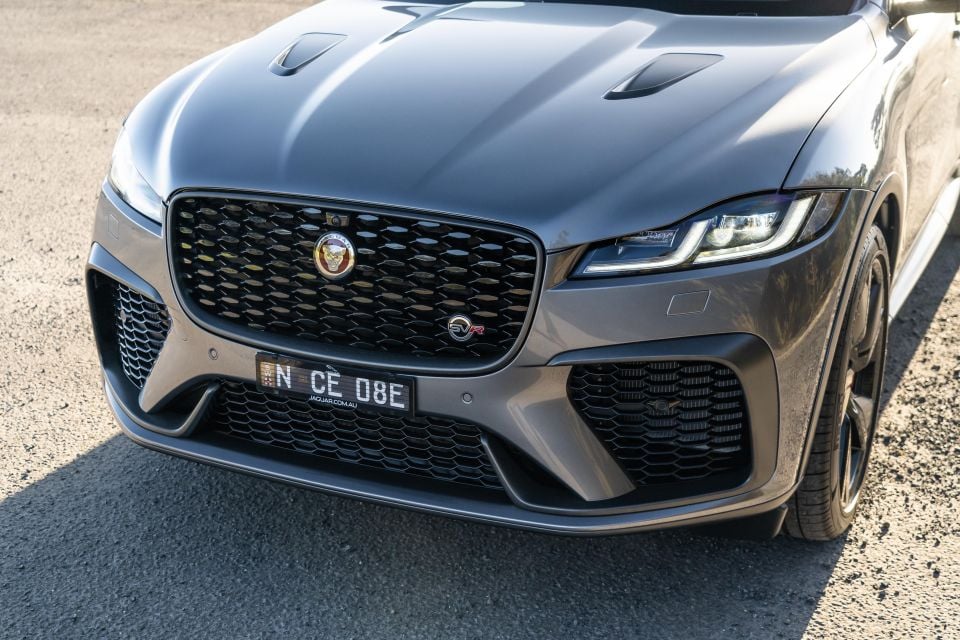

News Editor
The Australian luxury car market comprises everything from the likes of the sub-$50,000 BMW 118i all the way to the $900,000+ Rolls-Royce Phantom.
Within it, the small, medium and large SUV segments have the most sales, with small and medium luxury cars following behind.
These segments are largely dominated by BMW and Mercedes-Benz, with the likes of Audi, Lexus and Volvo also doing well, particularly with their SUVs, and Land Rover also posting respectable numbers.
That still leaves a wide range of luxury cars and SUVs that live in the shadow of these better-selling vehicles.
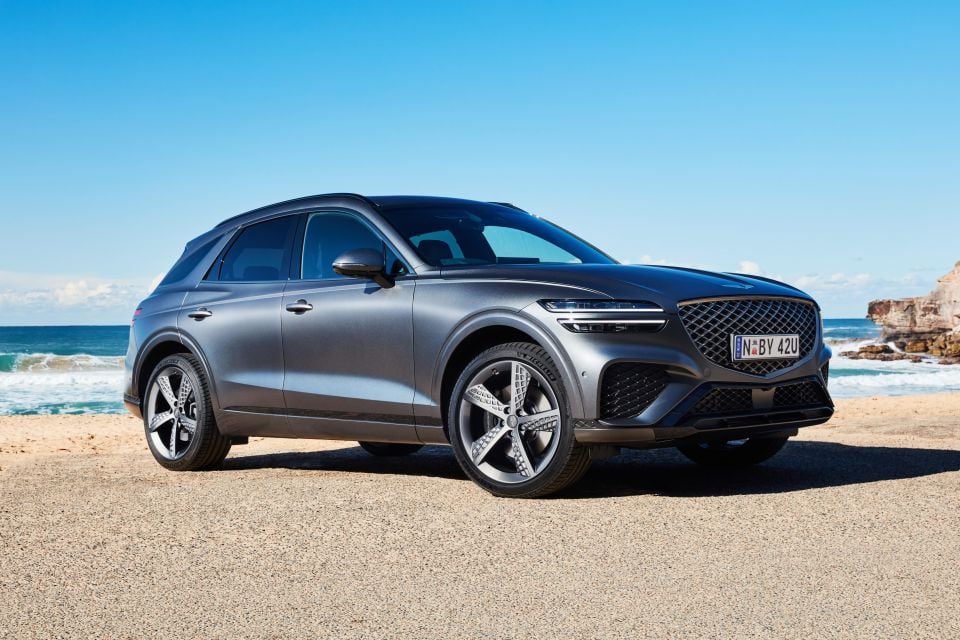
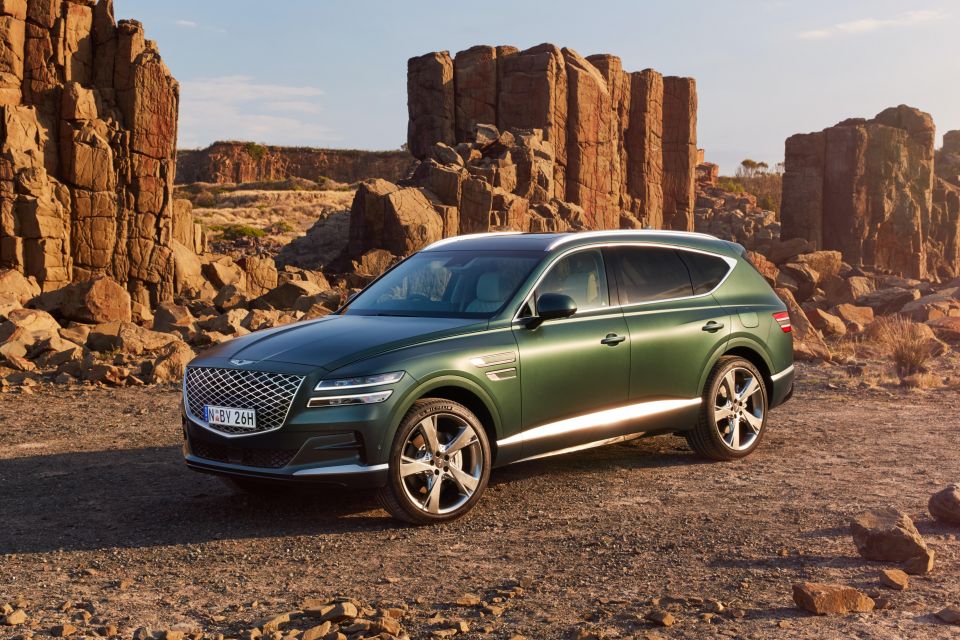
As in our previous feature, we’re limiting our scope to vehicles that have been around for at least 12 months, eliminating fledgling models like the Genesis GV70 and GV80 and Mercedes-Benz EQA that have yet to make a name for themselves.
Instead, let’s look at the luxury vehicles that have been on the market for a while but just haven’t been able to make their mark… and not because they’re intended to be ultra-exclusive like a Rolls-Royce.
MORE: The best cars nobody’s buying
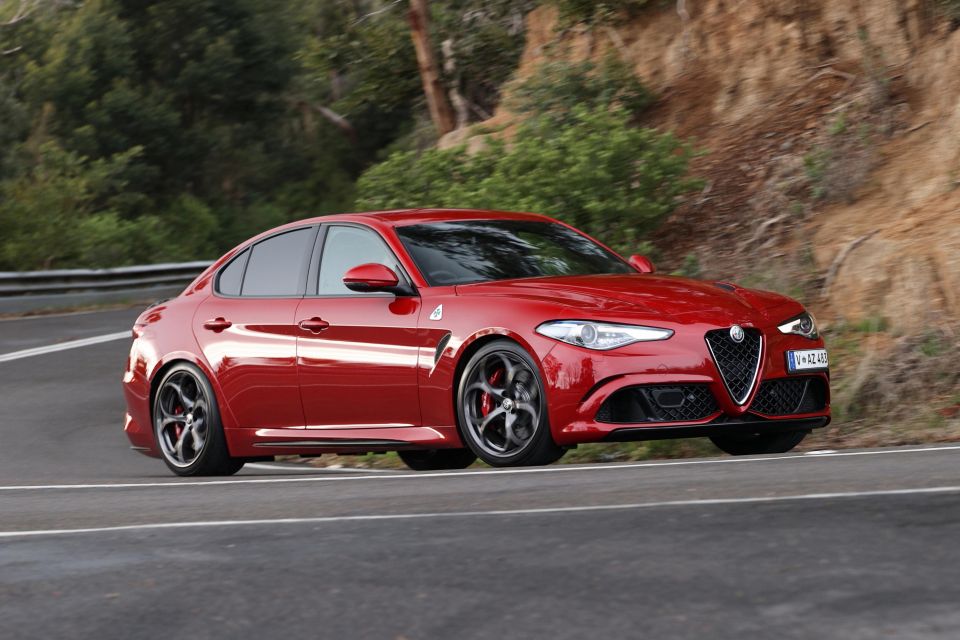
It’s easy to see why the Giulia doesn’t sell, and few of the reasons have anything to do with the car itself.
Rightly or wrongly, Alfa Romeo has acquired a less than desirable reputation for reliability over the years. The company could reassure prospective buyers with a longer warranty, but instead Alfa Romeo insists on sticking with a three-year, 150,000km one.
That might work for volume players like Audi and BMW, but not a perennial upstart like Alfa.
Then there’s the dealership network, or lack thereof. For example, Alfa Romeo has no dealerships in Brisbane or on the Gold Coast, forcing Queensland buyers to drive to the state’s lone location on the Sunshine Coast. There’s scant retail coverage in other populous regions, too.
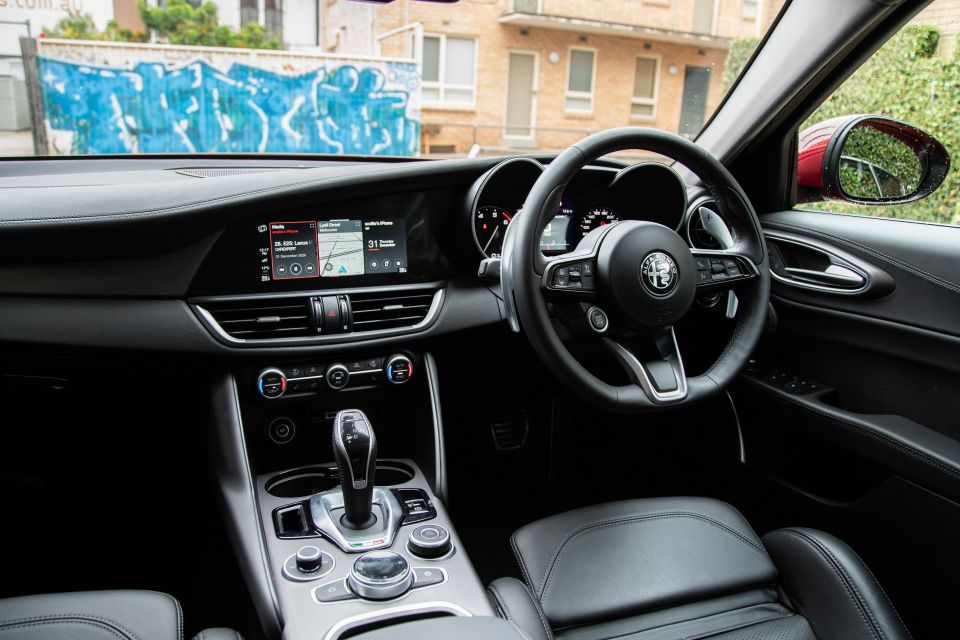

As for the car itself, it looks fantastic and drives superbly. The in-car technology has fallen behind the likes of the tech-rich BMW 3 Series and Mercedes-Benz C-Class, but it also undercuts these models by several thousand dollars.
An update for 2021 added touch functionality for the infotainment screen and tidied up some of the less appealing parts of the cabin, while the Giulia also gained lane-keep assist and traffic sign recognition.
We mustn’t forget, either, the magnificent Quadrifoglio sitting atop the range, with its Ferrari-developed 2.9-litre twin-turbocharged V6 engine producing 375kW of power and 600Nm of torque.
But with 271 sales to the end of October, the Giulia has just a 2.5 per cent share of its segment, putting it ahead of the Jaguar XE and Volvo S60/V60 (spoiler alert: they’re in this article too) but well behind the German establishment.
MORE: Everything Alfa Romeo Giulia
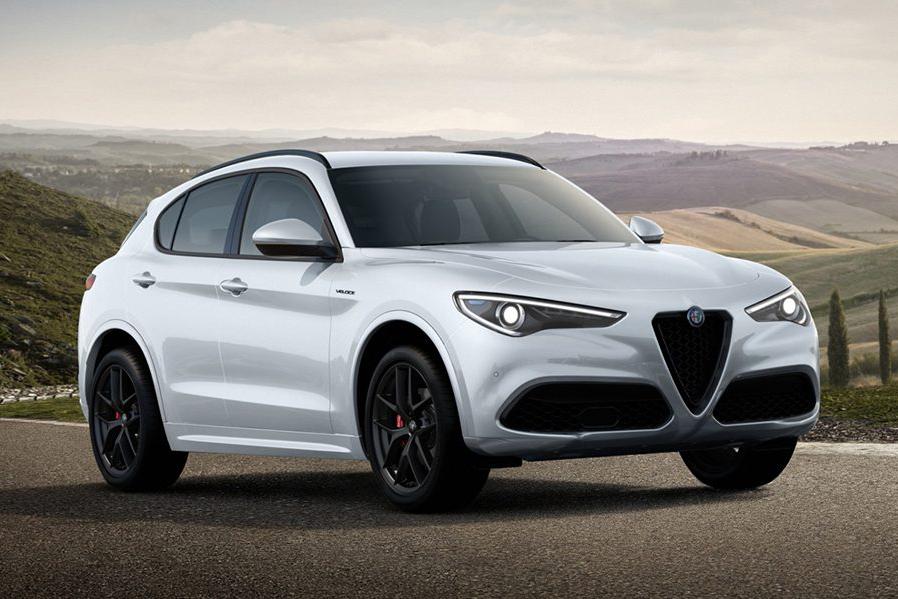
Many of us thought that perhaps the Giulia, despite being a fabulous car, was always going to be hamstrung by the fact it was a sedan from a challenger brand in a SUV-hungry market dominated by the German establishment.
Surely, then, an SUV based on the Giulia, offering much of its style and dynamic ability but the practicality buyers craved, would do better? The answer is yes, but barely.
Alfa Romeo has been rolling out an updated Stelvio range and perhaps that, coupled with supply issues plaguing most car brands, explains why the brand has sold only 155 Stelvios year-to-date.
That figure is down 59.9 per cent, and equates to just 0.6 per cent share of the luxury mid-sized SUV segment. The recently introduced Genesis GV70 (167 sales) has already overtaken the Stelvio, while even the pricier, electric Mercedes-Benz EQC (224) has charged ahead.
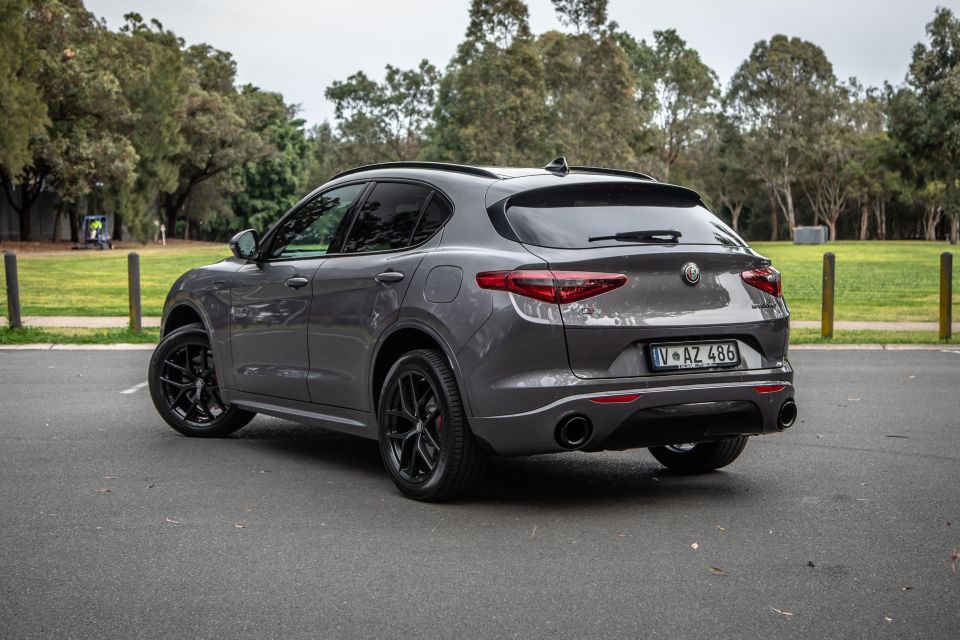
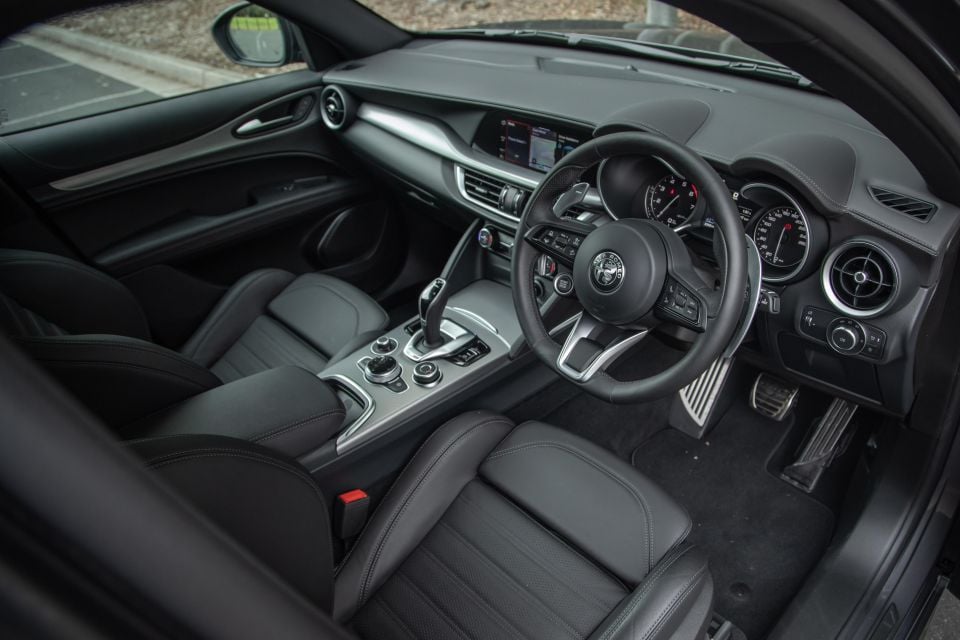
The Stelvio is better than before, with updated infotainment and some nicer interior materials.
As part of its 2021 update, there’s also more standard equipment and a reconfigured model range. Essentially all the positives of the Giulia – excellent dynamics, spicy Quadrifoglio version – apply to the Stelvio, though the negatives do, too, like the lacklustre warranty, small dealer network, and less impressive in-car technology than the Germans.
Cabin space and ride quality doesn’t match the class best but the Stelvio is oozing with character. Evidently, that’s not enough to help push it to the top of buyers’ shopping lists.
MORE: Everything Alfa Romeo Stelvio
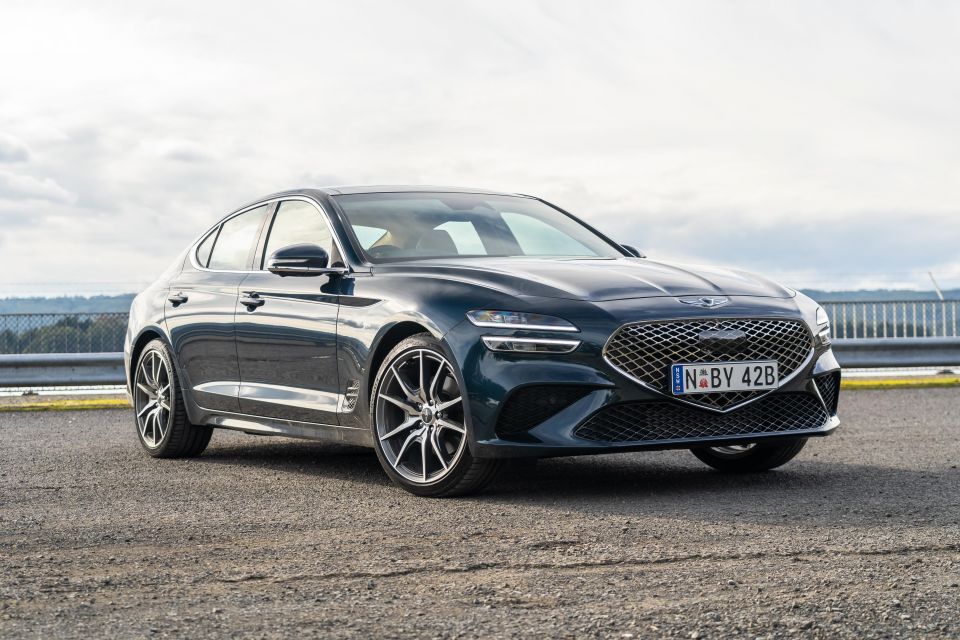
The Hyundai Motor Group’s luxury brand had the misfortune of launching here shortly before a pandemic, which hampered its rollout of retail locations, and with two sedan models in a market hungry for SUVs.
The recently introduced GV70 and GV80 crossovers have quickly overtaken the G70 and G80 sedans in sales.
The G80 recently received a clean-sheet redesign, while the G70 instead went under the knife for a major facelift. Given the G80 was launched less than 12 months ago, it’s too new for this article but the G70 is essentially the same car it was at its launch in 2019.
The turbocharged 2.0-litre four-cylinder and twin-turbo 3.3-litre V6 engines, shared with the Kia Stinger, have been carried over.
While we would have liked to see the new turbocharged 2.5-litre slot in as the base engine, the 2.0-litre is still considerably more powerful than a comparably priced 3 Series or C-Class and the G70 is a genuinely fun car to drive.
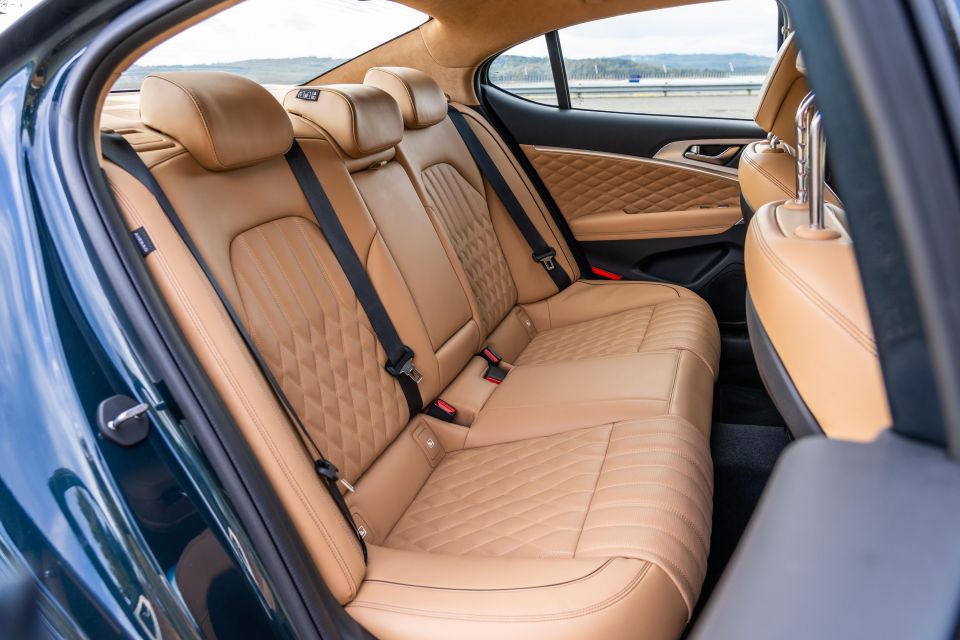

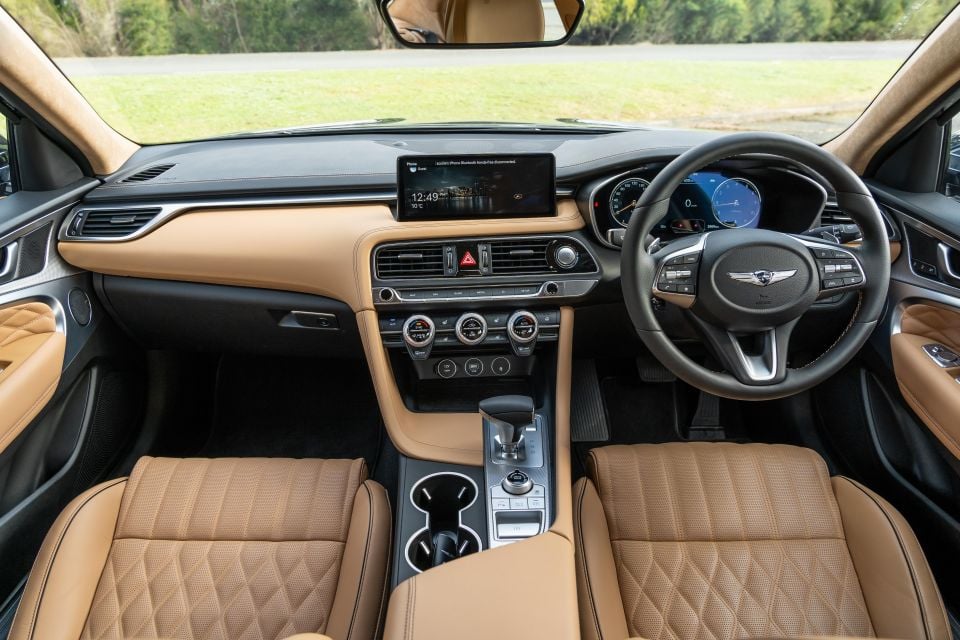
The post-update interior is largely the same, but for a larger and much improved 10.25-inch touchscreen infotainment system, while the list of standard safety equipment has grown. The range has also been restructured, with the G70 now offering a single trim level with both engines plus two major option packages.
Despite a higher base price, the G70 still undercuts a similarly-specified German rival by thousands of dollars, though the pricing is fixed and you won’t be able to haggle a Genesis rep down.
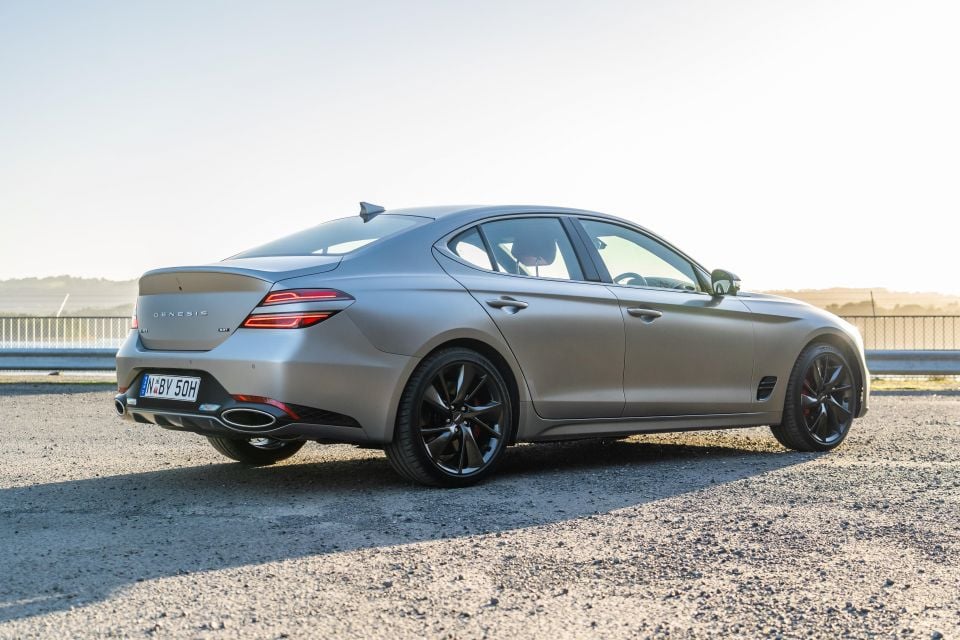
As so many brands have done, Genesis benchmarked the BMW 3 Series when it was developing the G70 – specifically, it targeted the F20-series model then in production – so its first sports sedan would offer similarly engaging dynamics.
But BMW has since come out with a more comfortable, spacious 3 Series, which makes the G70’s tight rear seat and boot stand out. And even with the recent upgrade, the G70’s interior isn’t as impressive as that of Genesis’s more recent models, though material and build quality is hard to fault.
To sweeten the pot, Genesis offers one of the best after-sales packages in the luxury car game, with a five-year, unlimited-kilometre warranty and five years or 50,000km of free scheduled servicing.
The company even offers the Genesis Concierge Service, where they’ll come pick up your car when it’s time for a service and leave you with a Genesis loan car, provided you live within 70km of the Brisbane, Melbourne or Sydney CBDs. A guaranteed future value program is also in the works.
If you don’t have kids to haul around – and there’s no doubt a large proportion of mid-sized luxury sedan buyers who don’t – the G70 is an appealing proposition.
MORE: Everything Genesis G70
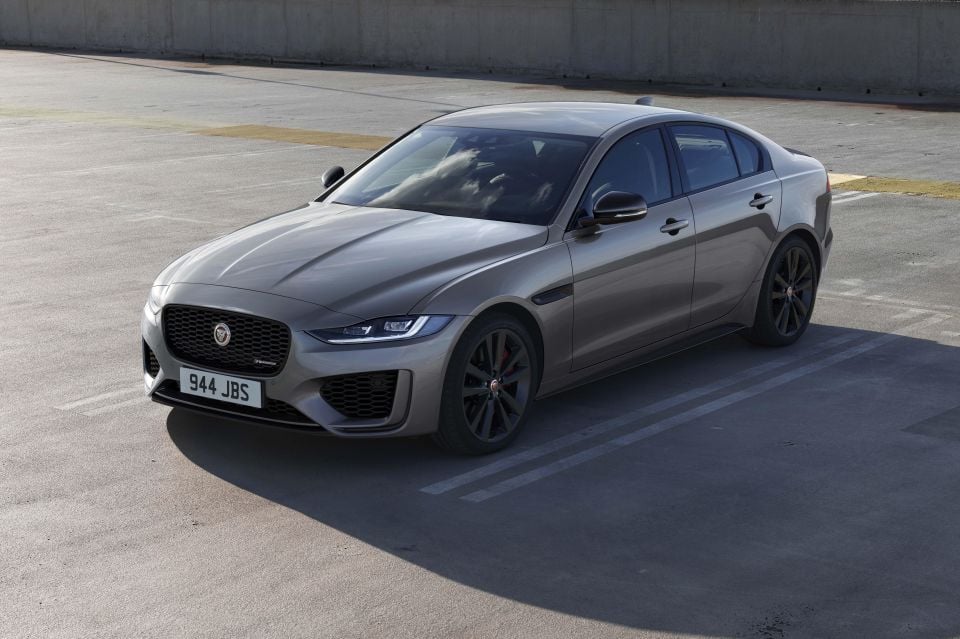
The Jaguar XE joins the likes of the Alfa Romeo Giulia, Cadillac ATS, and Infiniti G35/G37 in a special category of vehicles. These vehicles were all regarded as being as good as or, in some cases, better to drive than the segment benchmark BMW 3 Series. Despite this, none of them were able to outsell the stalwart Bimmer.
The rear/all-wheel drive XE sure seemed to be a better 3 Series rival on paper than the old front/all-wheel drive Jaguar X-Type, derived from the humble (but capable) Ford Mondeo.
Jaguar had boxed itself into a corner with its slavishly retro aesthetic, so the clubby interiors of the S-Type and X-Type made way for the cleaner cabins designed under Ian Callum. But while the first-generation XF was a breath of fresh air, the next generation of Jags – of which the XE was one – had perhaps too conservative interiors.
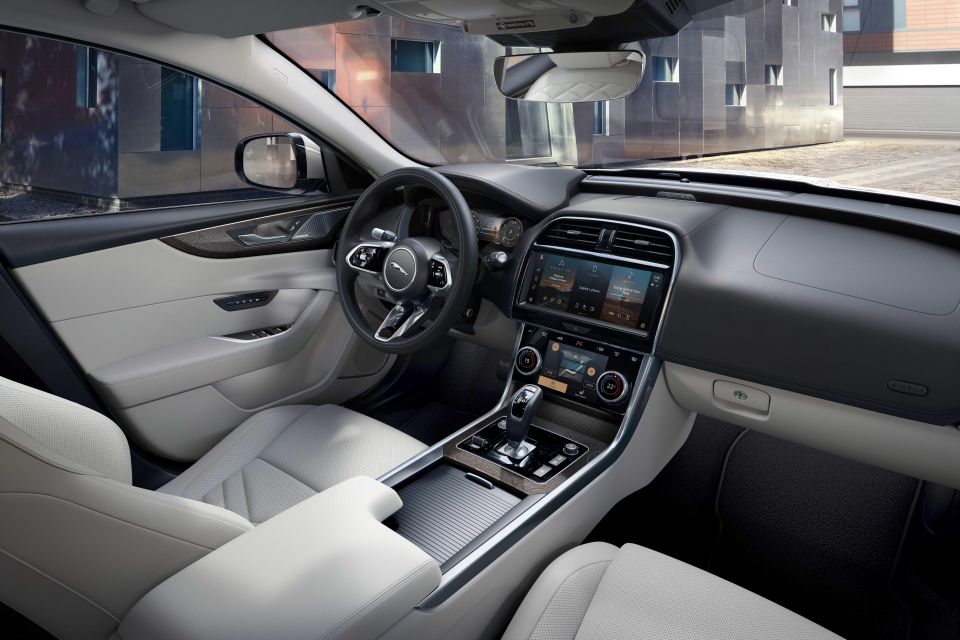
At least the exterior was chunky and purposeful, while there was a wide variety of models on offer including turbocharged petrol and diesel four-cylinder engines plus a flagship supercharged V6 engine.
But Jaguar Land Rover has long been criticised for its sprawling, overcomplicated model ranges and with sales well off that of the Germans, Jaguar trimmed the 2021 XE range down to just one 221kW/400Nm turbo-petrol four-cylinder engine and three trim levels.
Bizarrely, Jaguar also switched from rear- to all-wheel drive despite having never offered that drive layout in Australia before, and despite Australian buyers not being too fussed on it when buying sedans.
Perhaps it was to give the XE a point of difference from its largely rear-wheel drive rivals. We should just be lucky Jaguar is even bothering to offer the XE here, as it recently discontinued it in the US market while keeping the XF.
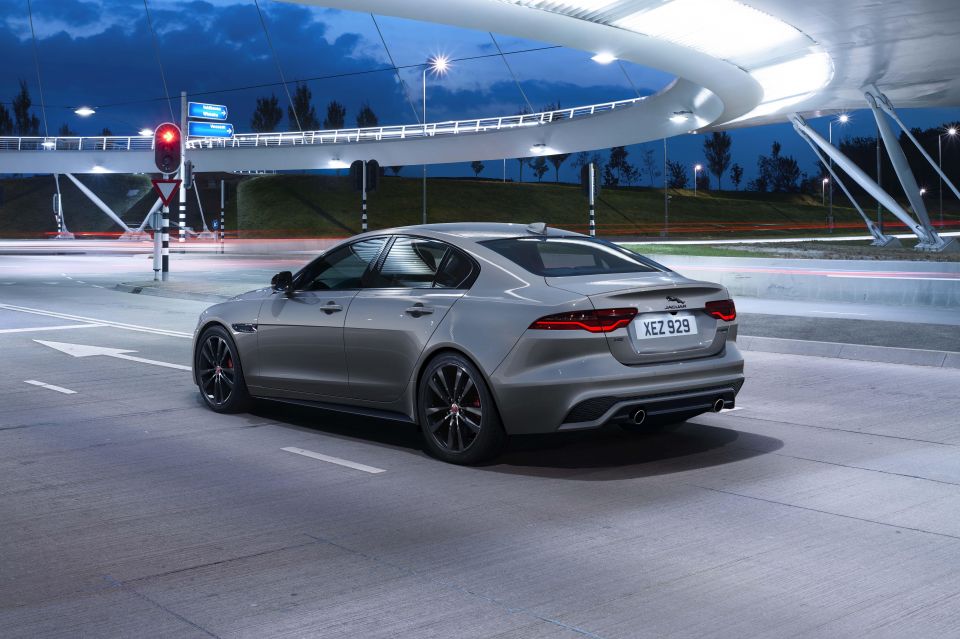
Jaguar has sold just 132 XEs this year, for a 1.2 per cent share of the segment. That’s well off the 2000+ 3 Series and C-Class models sold so far this year, and even behind the less popular Audi A4 (689) and A5 Sportback (541).
As part of the Reimagine business plan, recently appointed JLR CEO Thierry Bollore has called for an end to Jaguar’s fruitless efforts to battle the likes of BMW head on. The CEO controversially axed a new XJ that was well into the development stages and announced the brand would become electric-only by 2025 while admitting there’s no new EV platform yet.
He also said the range would become more compact, potentially meaning Jaguar’s model range could be smaller, lower-volume and more exclusive, i.e. more like it was in the 1990s and before.
The XE therefore likely won’t be directly replaced, and the current model – Jaguar’s best 3 Series rival yet – will be left to run out the clock. For now, there’s still plenty to recommend the XE for, as it’s dynamically gifted, has an improved interior, and recently received a five-year, unlimited-kilometre warranty that could tempt buyers skeptical of Jaguar’s reliability.
MORE: Everything Jaguar XE
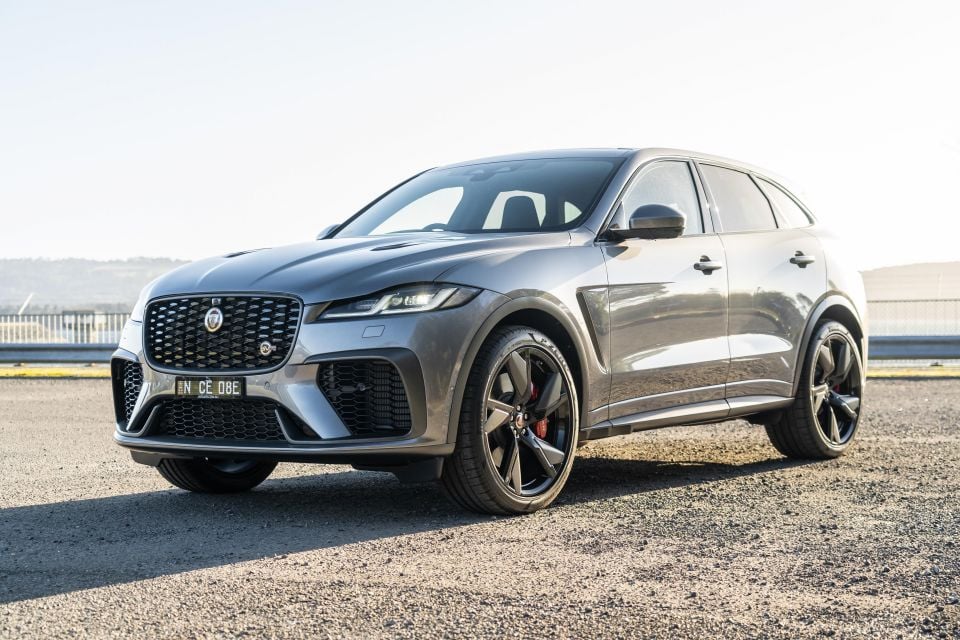
While we’re talking Jaguars, the XF doesn’t exactly sell up a storm in the less popular large luxury car segment (37 sales year-to-date, 1.6 per cent share). Perhaps more surprisingly, the engaging F-Pace is also well behind the Germans (388 sales, 2.2 per cent share of VFACTS’ large luxury SUV segment).
That’s despite an update that has brought, among other things, a much more upscale interior.
There’s quite a bit of variety on offer, even after JLR Australia slashed the model range from 17 variants to just six. The range opens with a turbocharged four-cylinder petrol, with turbocharged inline-six petrol and diesel engines available, and the glorious supercharged V8-powered SVR at the top. Oh, and it’s a Jaguar, so there’s a massive list of available options, too.
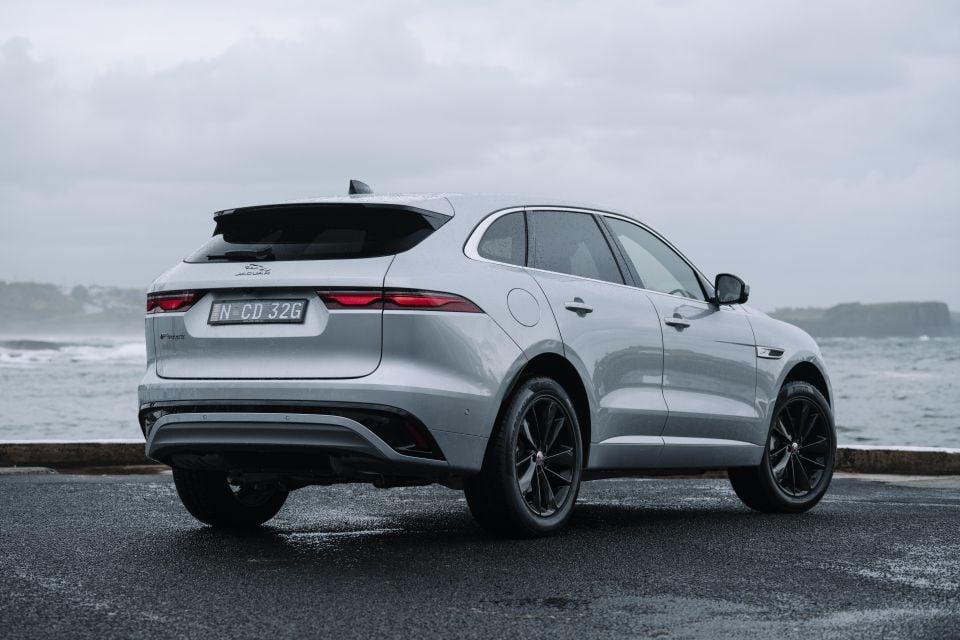
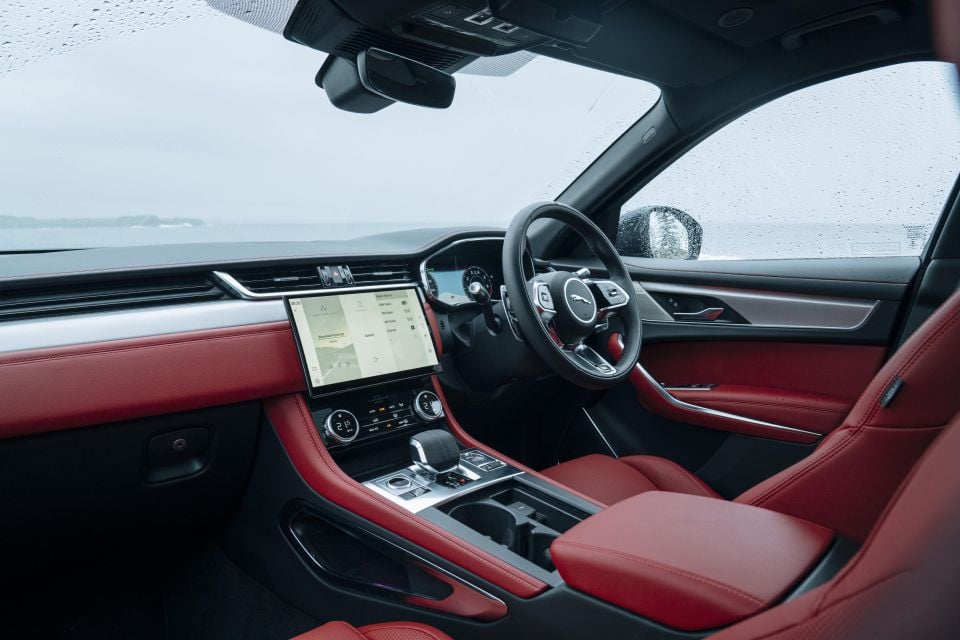
The pre-update model’s interior was bordering on drab but there are nicer materials now, plus a curved-glass, 11.4-inch touchscreen infotainment system. The styling was already handsome but the facelift has freshened it up a bit, and this was already one of the more entertaining SUVs to drive at this end of the market.
That hasn’t changed, and Paul Maric has gone so far as to say the F-Pace is “one of the segment leaders in terms of technology, packaging and features”.
Surprisingly, the F-Pace’s Range Rover platform-mate, the Velar, isn’t doing much better in the Australian market. It’s logged 539 sales year-to-date for a 3.1 per cent share of the same segment, though it’s worth noting Land Rover has spoken of supply disruptions with various models.
But the Velar also has the misfortune of getting squeezed somewhat in a particularly cluttered part of the Land Rover line-up.
MORE: Everything Jaguar F-Pace

It seems like everybody just forgot about the I-Pace. After a lot of initial hype and buzz, including a World Car of the Year gong, I-Pace sales have proved disappointing in major markets like the US. And in Australia, where the luxury EV SUV segment is an especially low-volume one, it isn’t faring so well.
With 44 sales year-to-date, it’s behind the Audi e-tron (91) and Mercedes-Benz EQC (224). Electric vehicles not called Tesla Model 3 tend to struggle in Australia due to the lack of federal incentives and concerns about charging infrastructure and range, but the I-Pace struggles more than most.
Introduced in 2018, the I-Pace debuted a new electric vehicle platform for Jaguar Land Rover that’s yet to be used for anything else.
Designed under former design boss Ian Callum, the I-Pace has a silhouette that defies convention – while an e-tron or an EQC looks like any other SUV in their brand’s line-ups, at least in profile, the I-Pace has a svelte, hatchback-like body design with tight overhangs and yet unmistakable Jaguar details.
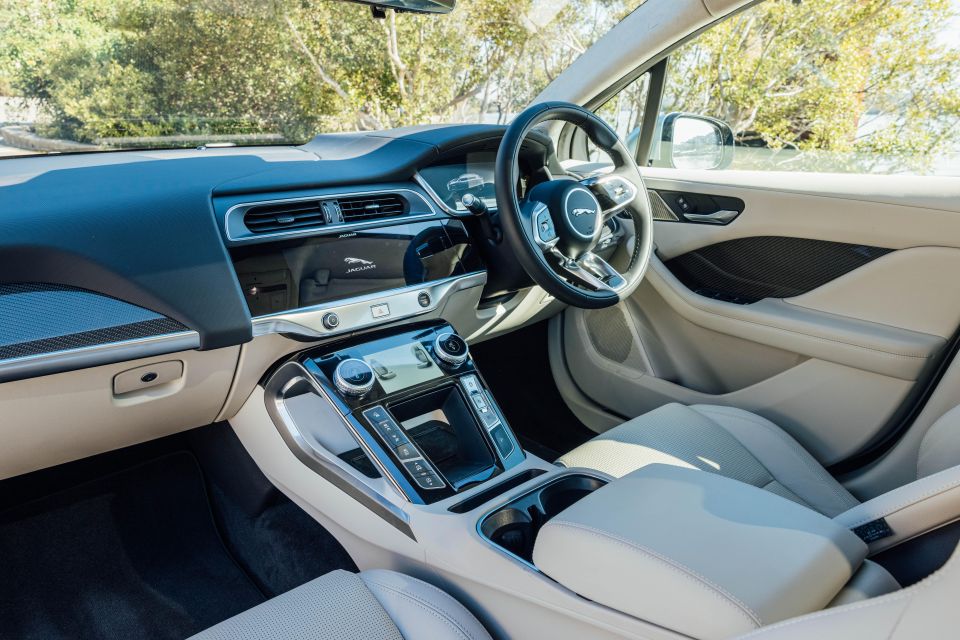
It’s available in just two variants: the EV400 SE and EV400 HSE, both with a 90kWh lithium-ion battery and a dual-motor all-wheel drive powertrain with 294kW of power. That yields a 0-100km/h time of 4.8 seconds and an electric range of 446km under the stricter WLTP standard.
Yes, a Tesla Model 3 Performance can beat it in range and performance while costing tens of thousands of dollars less, but the I-Pace stacks up better against the likes of the EQC (5.1 seconds, 430km) and e-tron 50 (6.8 seconds, 347km).
As you’d expect from a Jaguar, there’s an option list that’d drain the ink from your cartridge if you printed it, including a bevy of different trim options and desirable items like air suspension.
It may be older than the upcoming Tesla Model Y but the I-Pace’s interior is a more traditionally luxurious place in which to sit, while its driving dynamics are impressive. But the Tesla will likely undercut it on price while besting it in both range and performance.

What price can you put on individuality? Try just a shade under $140,000 before on-road costs for the base EV400 SE. While that’s arguably better value than the Audi and about even with the Benz, all things considered, the hefty price tag may just be the number one reason why the I-Pace doesn’t sell in large numbers.
There’s also the daft name. Jaguar has both an I-Pace and an E-Pace, and for most people it’s a crapshoot trying to figure out which one the electric one is.
MORE: Everything Jaguar I-Pace

Volvo’s SUV range is going from strength to strength, with the XC40 and XC60 often outselling even rivals from the German Big 3. But the brand’s passenger car range – what’s left of it – is in the weeds in Australia.
The S90 was axed in 2019, its V90 wagon counterpart never got on the boat here, and even its higher-riding V90 Cross Country sibling was a slow seller, axed earlier this year. That leaves just the 60-series Volvos for buyers who don’t want an SUV.
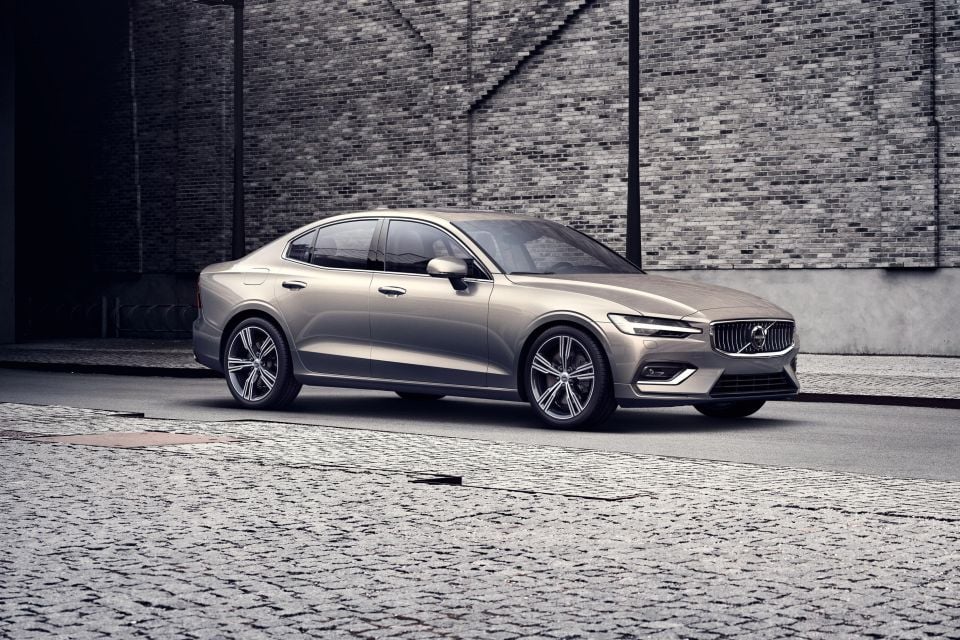
We hope they’re happy with the higher-riding V60 Cross Country, because that’s now the only V60 wagon on offer. The S60 range has also been pared down to a single trim level for 2022.
Both the lone S60 and V60 Cross Country variants are powered by a turbocharged 2.0-litre petrol four-cylinder engine with a 48V mild-hybrid system, with 183kW of power and 350Nm of torque.
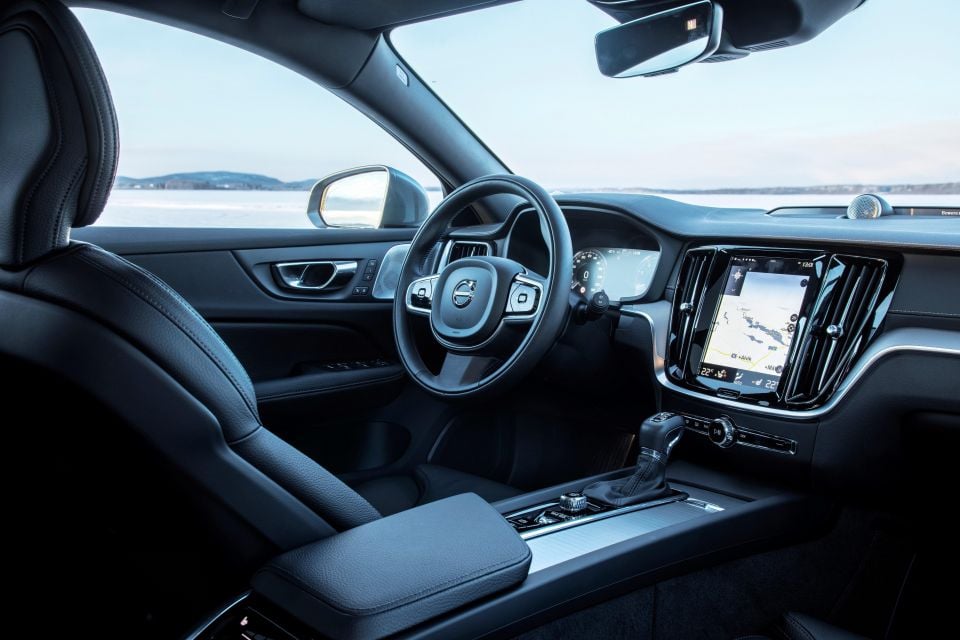
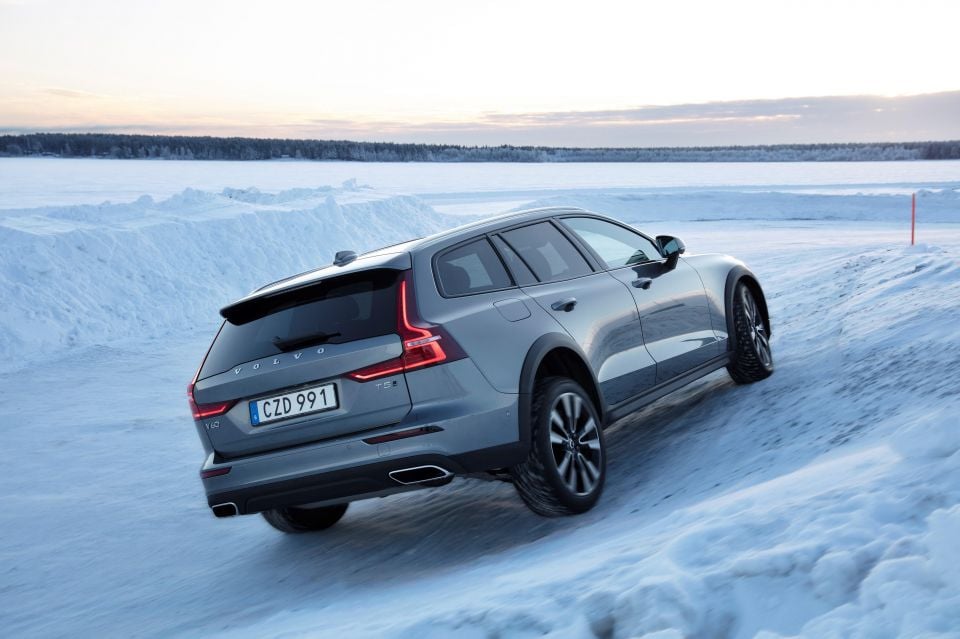
The V60 Cross Country only went on sale in August and it’s already not far off the S60 in year-to-date sales: 74 units versus 118. Volvo also managed to sell 14 of the regular V60 this year before its discontinuation. But all up, the 60-series range has only a 1.9 per cent share of the mid-sized luxury car segment, behind even the Alfa Romeo Giulia.
The 60-series cars offer all the charm of an XC60, with an attractive and upscale interior, refined driving dynamics, plus a five-year, unlimited-kilometre warranty in a segment where three-year warranties remain.
Perhaps the most tempting is the V60 Cross Country, which offers much of the practicality of the XC60, the same engine, and most of the equipment for a base price around $3500 less, as well as vaguely SUV-like styling to lure in wagon haters.
MORE: Everything Volvo S60 MORE: Everything Volvo V60
William Stopford is an automotive journalist with a passion for mainstream cars, automotive history and overseas auto markets.


Damion Smy
6 Hours Ago


Damion Smy
8 Hours Ago


Damion Smy
9 Hours Ago


Damion Smy
11 Hours Ago


Damion Smy
13 Hours Ago


Damion Smy
14 Hours Ago